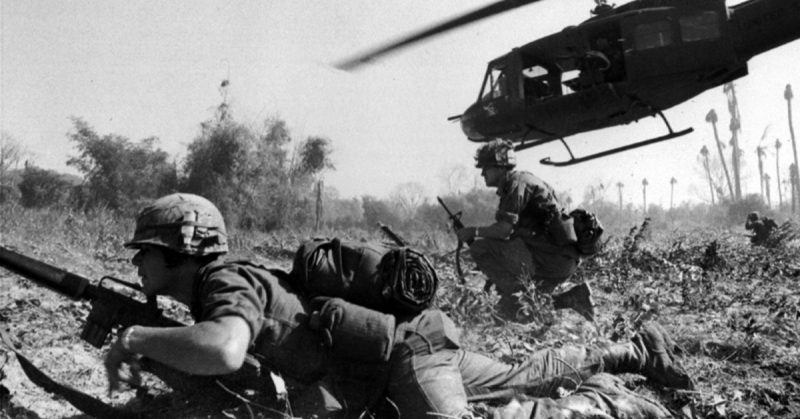The US forces made use of battalion radio operators to request helicopter support and coordinate artillery barriers, bombardments, and bomb and napalm strikes.
The Battle of Ia Drang included two engagements between the North Vietnamese and American armies in 1965. The battle was of the bloodiest and fiercest of the Vietnam War.
The battle began on November 14, 1965 in Ia Drang Valley in the Central Highlands of Vietnam. Under the command of Lt. Col. Moore, American soldiers of the 1st Battalion, 7th Air Cavalry were transported by helicopter to clear landing zones and create a command center. The first landing zone, LZ X-Ray, was located on a large termite mound in Ia Drang Valley.
Soldiers of the 2nd Battalion, 7th Air Cavalry were sent to the second landing zone, LZ Albany, which was around a 30 minute helicopter flight north of Ia Drang Valley. 16 Bell UH-1 Iroquois “Huey” helicopters capable of carrying six to eight troops were used to transport the soldiers so it took several hours before the battalions were at full strength.
The first wave of troops landed at 10:40, with the shooting starting a few hours later at 12:15. The battle then continued for several days.
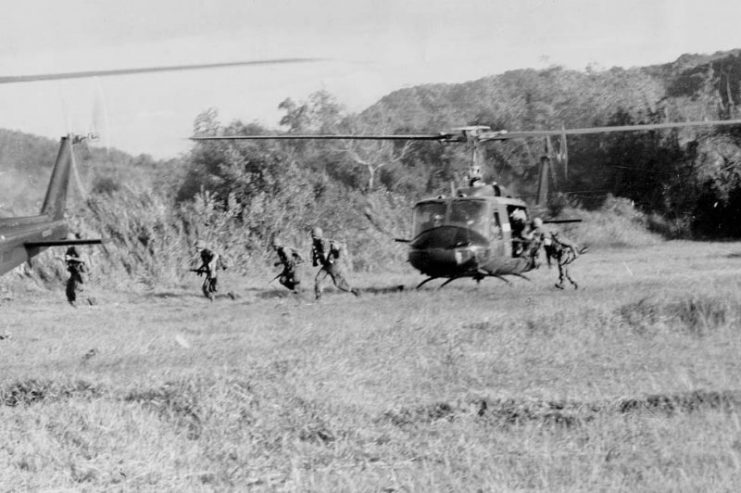
Both sides considered the Battle of Ia Drang as a victory, although the battle successfully prevented North Vietnamese forces from carrying out their planned offensives in the area. However, both sides suffered catastrophic losses, particularly the North Vietnamese.
LZ X-Ray is considered a tactical American victory and the North Vietnamese forces lost ten times more troops. Meanwhile, LZ Albany was a defeat for the US troops. More than half the American forces there were killed in an ambush and the North Vietnamese soldiers were too close to use air and artillery support.
Despite the battle’s great resonance in 1965, it only received wide public acclaim decades later in the United States. In this article, we will look at ten interesting facts about the Battle of Ia Drang.
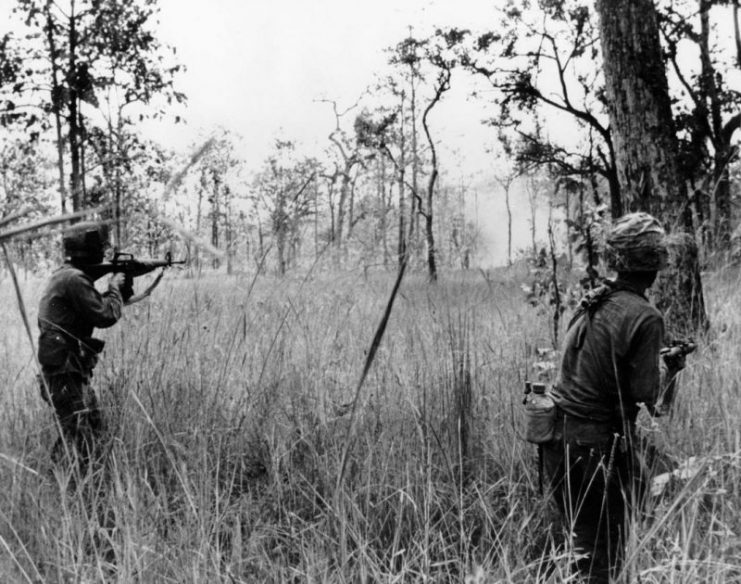
- Ia Drang tested the US military’s new air mobility tactics
The battle was in a jungle with no roads and helicopters were the only way to transport whole battalions to the remote area.
In addition, the US forces made use of battalion radio operators to request helicopter support and coordinate artillery barriers, bombardments, and bomb and napalm strikes.
- The battle provided the North Vietnamese military with invaluable experience
After seeing the Americans’ air mobility tactics and analyzing their effectiveness, Col. Nguyễn Hữu An ordered, “Move inside the column, grab them by the belt, and thus avoid casualties from the artillery and air.”
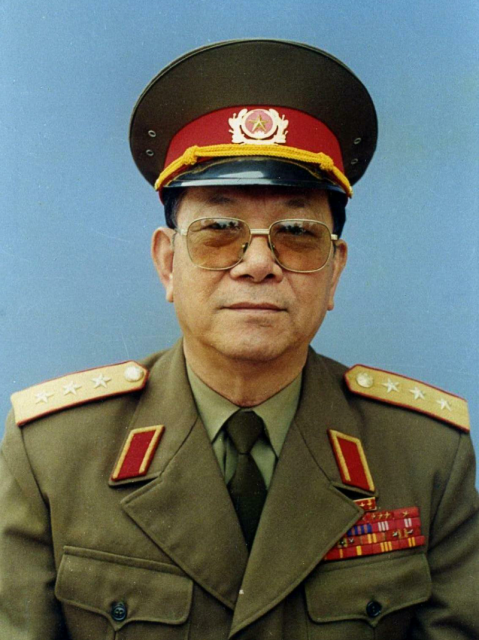
Col. Nguyễn Hữu An recognized that bringing his troops closer to the enemy would help them avoid direct bombardment and limit friendly casualties.
- It was the first major battle between regular US and North Vietnamese troops
The battle marked the beginning of the Vietnam War for many in the United States, with the battle occurring shortly after the arrival of American troops in the country. It was also the biggest battle of the Vietnam War.
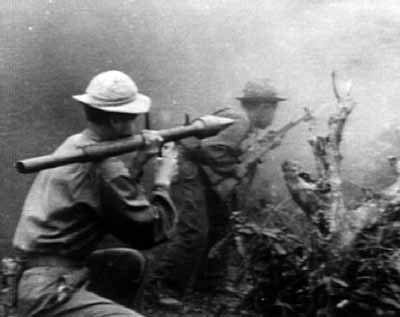
Most of the American soldiers in the battle had never seen real combat before, in contrast to the experienced North Vietnamese troops that had good awareness of the terrain and had been fighting against the French since 1945.
- SPC Willard Parish was awarded the Silver Star for halting a North Vietnamese advance
On the morning of the battle’s second day, Charlie Company was surrounded and was taking fire from three sides. SPC Willard Parish was with Delta Company and personally managed to suppress a North Vietnamese attack. During the action he used all his M-60 ammunition before switching to his .45 pistol. The bodies of more than 100 North Vietnamese soldiers were found near his trench after the battle.
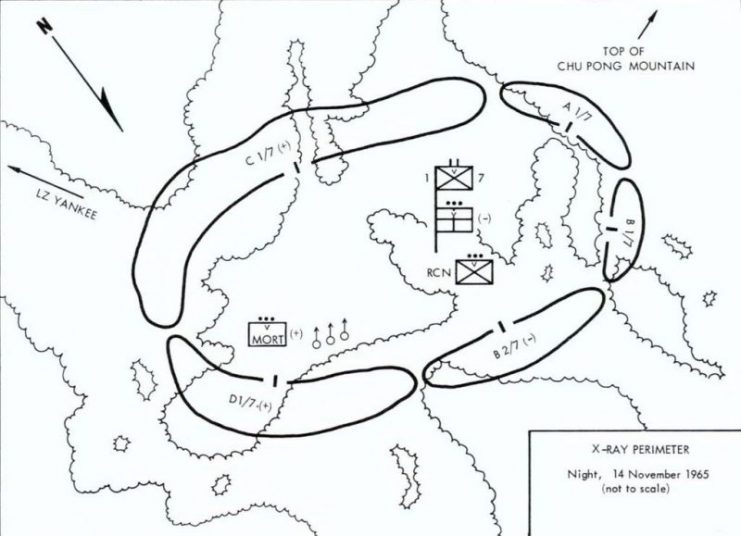
- When the North Vietnamese broke through US lines on the second day of the battle, Lt. Charlie W. Hastings transmitted the code phrase Broken Arrow
Lt. Col. Moore’s instruction for the Broken Arrow code signaled that the unit was in a critical situation and required immediate air support. The subsequent intense shelling and bombardment also injured some American soldiers.
In response to the request, two F-100 Super Sabre jets swooped down to drop napalm bombs. Lt. Hastings saw them flying close to the American line and attempted to recall them, but one aircraft failed to hear the order and unfortunately killed and injured several American soldiers.
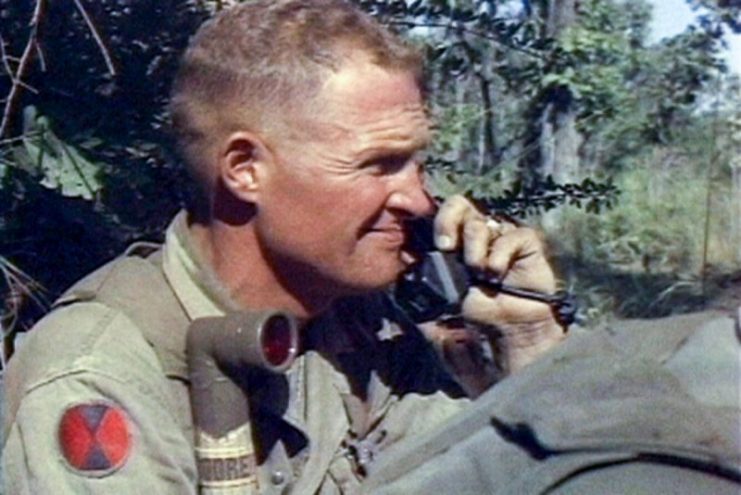
- A key part of the battle was an attempt to rescue Lt. Henry Herrick’s platoon that had become separated
Bravo Company received the first shots of the battle at 12:15. The platoons advanced and Lt. Herrick’s platoon was soon surrounded and separated from the other platoons, resulting in the loss of eight soldiers and a further 13 wounded, Lt. Herrick included.
Intense shelling soon engulfed the platoon and they were unable to dig trenches. Platoon command was transferred to Sergeant Ernie Savage who directed several airstrikes and the platoon’s resistance managed to kill dozens of North Vietnamese soldiers.
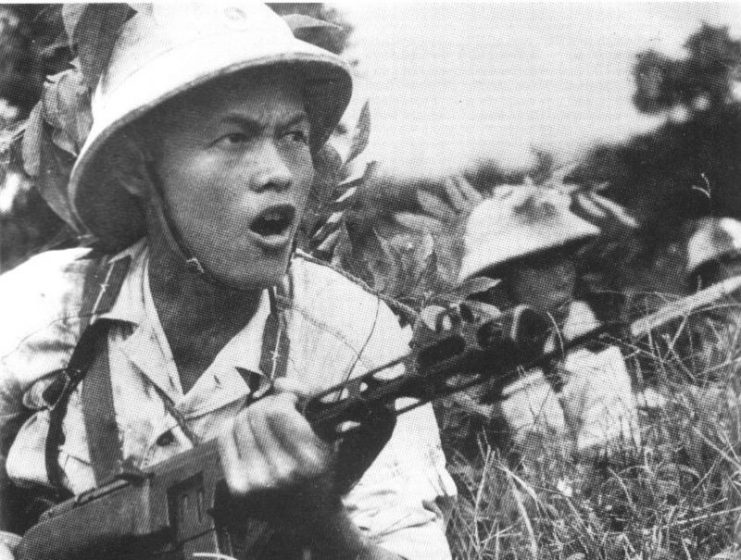
Two attempts were made to save Lt. Herrick’s platoon on the same day, but to no avail. The platoon remained surrounded all night until 15:30 the following afternoon when a relief force finally arrived.
- Lt. Walter Marm received the Medal of Honor in the second attempt to save Lt. Herrick’s platoon
When Alpha and Bravo Companies neared the lost platoon’s position, Lt. Marm’s own platoon started to receive fire from an entrenched North Vietnamese machine gun. Lt. Marm attacked the machine gun position on his own with a rifle and a few grenades. Lt. Marm was wounded in the neck and jaw, but nonetheless managed to kill the machine gun crew. The bodies of twelve dead North Vietnamese soldiers were found in the machine gun nest the next day.
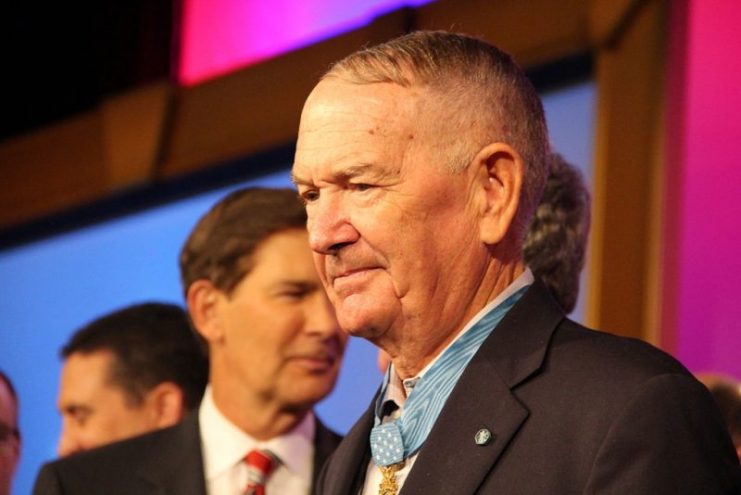
- Col. An used “human wave” tactics
Similar tactics had been proven to be effective during previous night fighting, which involved large groups of North Vietnamese soldiers sneaking close to American lines before attacking.
This tactic was subsequently widely used by the North Vietnamese in other battles.
- Lt. Col. Moore’s command was similar to Col. Custer’s
Air cavalry was a new phenomenon thanks to the development of air mobility tactics. Lt. Col. Moore was appointed to command the 1st Battalion, 7th Air Cavalry which was sent to LZ X-Ray.
Col. Custer, meanwhile, commanded the 7th Cavalry during the American Indian Wars before being killed in the Battle of Little Bighorn along with all his men. Similar to Custer’s last stand, Lt. Col. Moore was also surrounded on all sides by the great forces of the natives, this time the North Vietnamese.
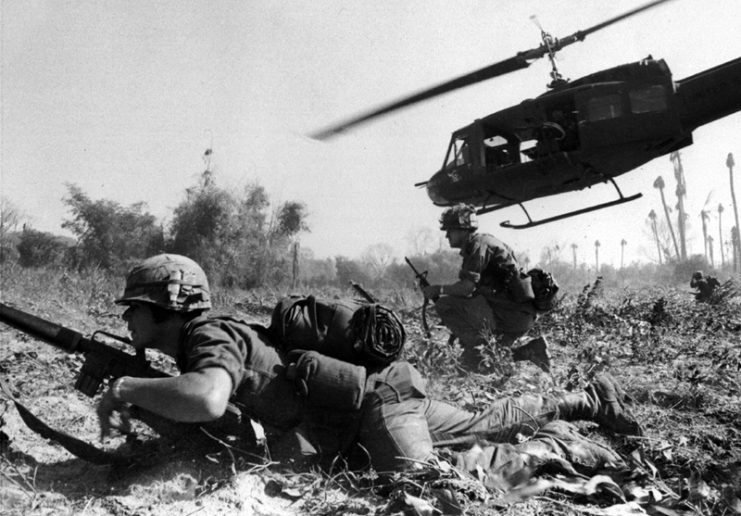
- Lt. Col. Moore’s wife reported the news to grieving families
At the time, the US military did not report news of dead soldiers itself. This was instead performed by taxi drivers who delivered telegrams to the families of dead soldiers. On learning of this, Mrs. Moore took it upon herself to personally deliver the telegrams and comfort the grieving families.
After Mrs. Moore’s complaints, the Army created units that included an officer and a chaplain to hand deliver the unfortunate letters.
In 1992, Lt. Col. Moore and reporter Joseph L. Galloway published the book We Were Soldiers Once…And Young. In 2002, the story was adapted into a movie called We Were Soldiers, starring Mel Gibson as Lt. Col. Moore.
